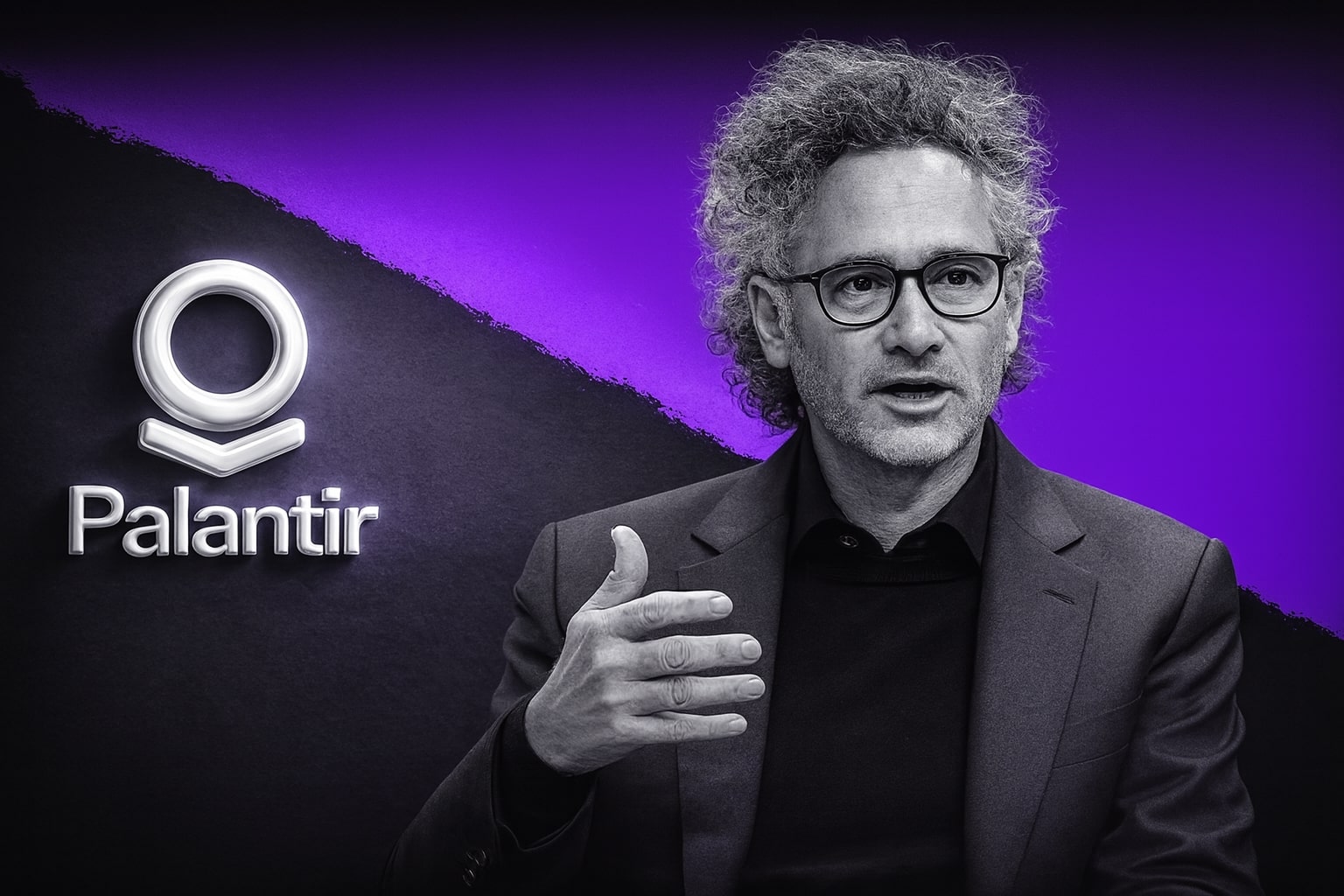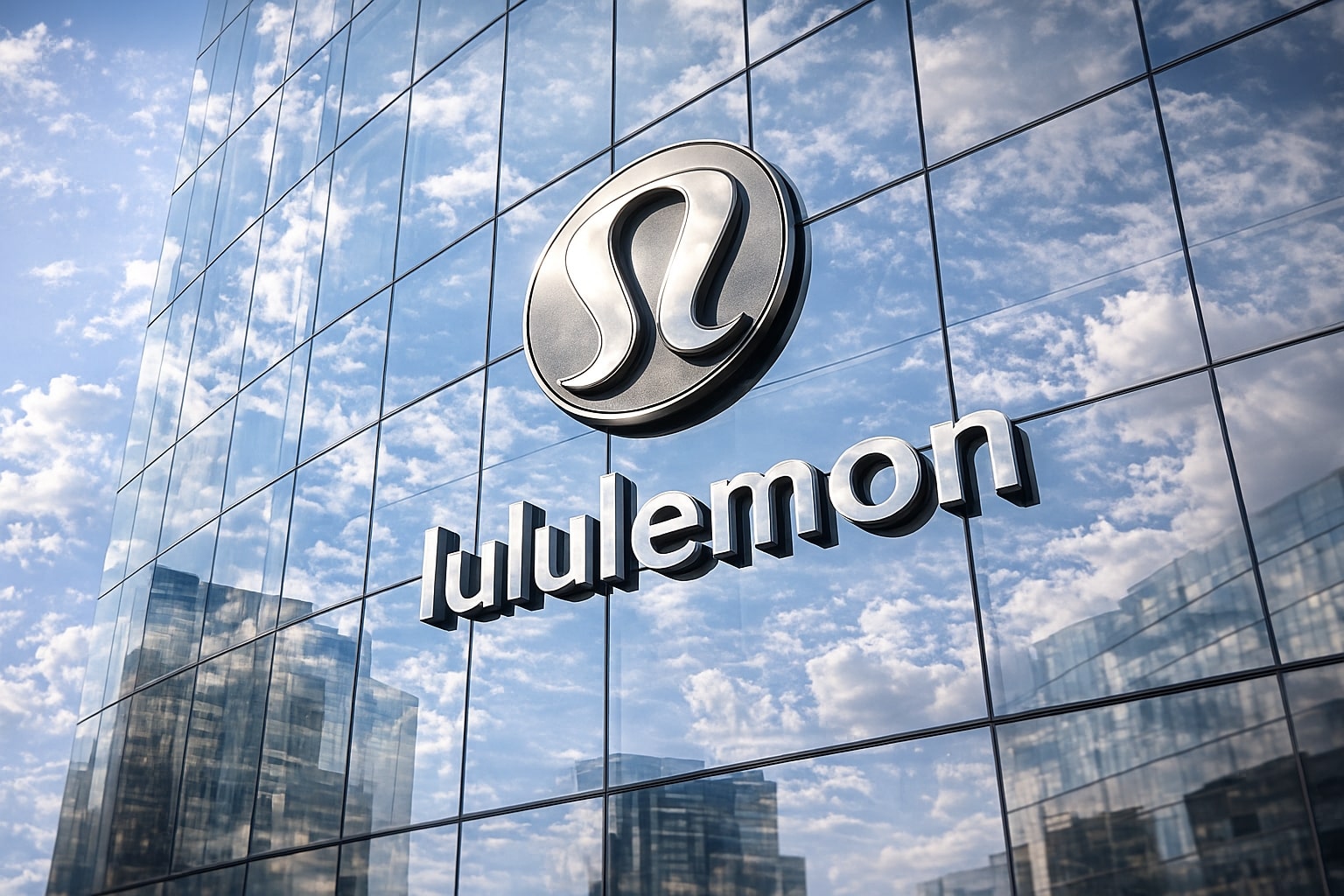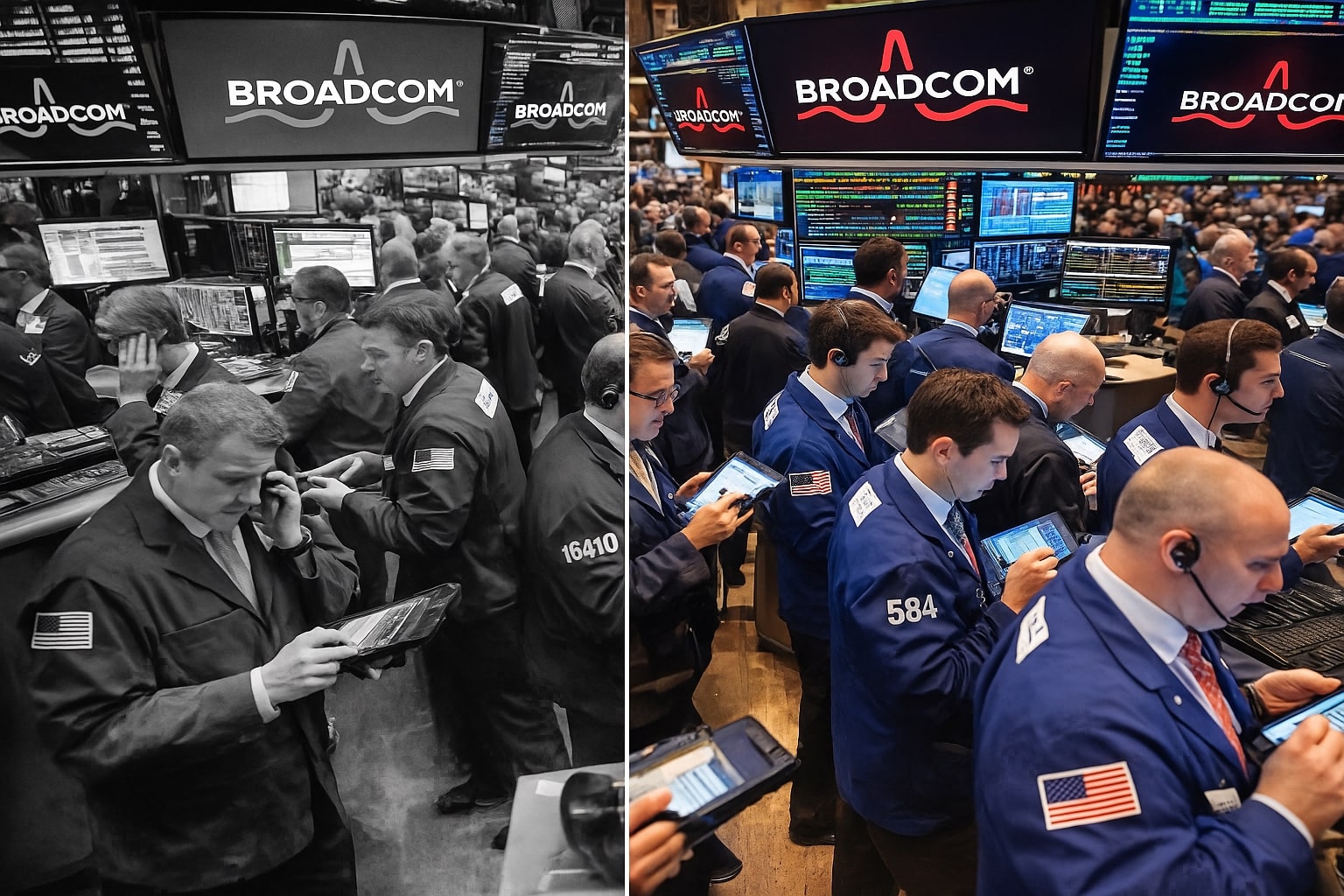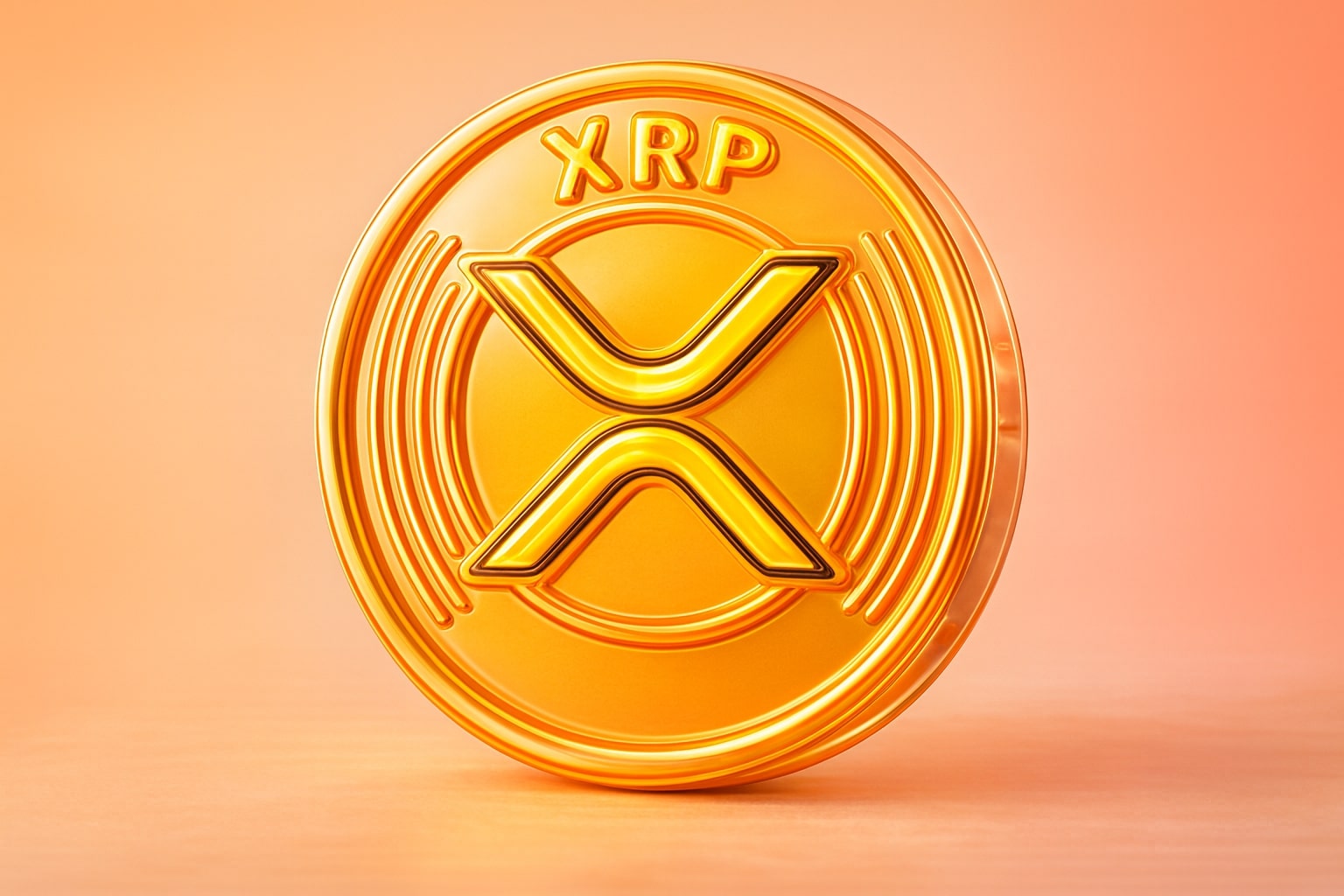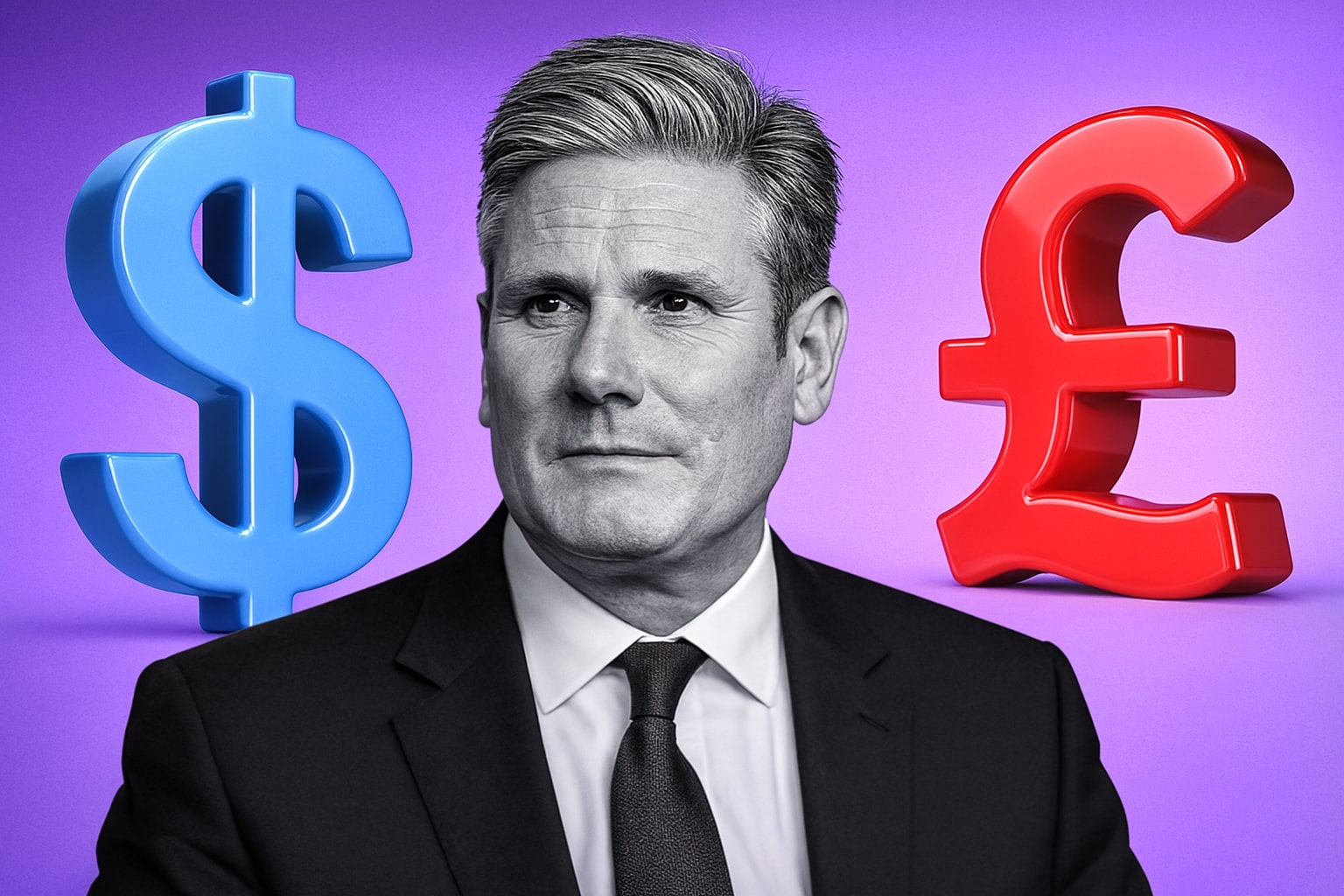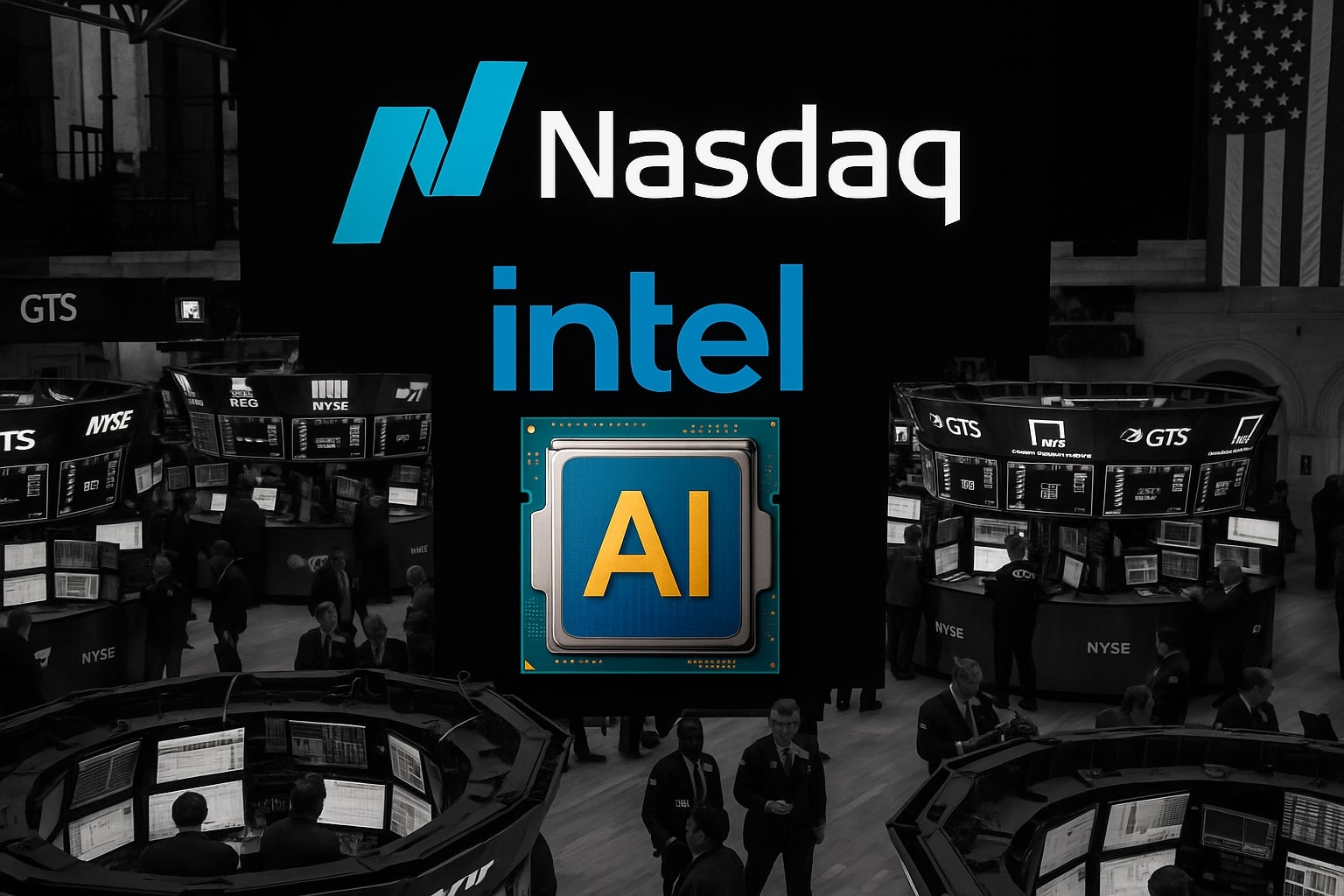
Intel Stock Climbs to $38 on Nvidia’s $5B Stake and U.S. Backing Ahead of Q3 Earnings
Shares surge 85% year-to-date, powered by AI deals, Nvidia’s 4% stake, and U.S. equity support through the CHIPS Act as Wall Street eyes October 23 results | That's TradingNEWS
Intel (NASDAQ: INTC) Surges to $38 as Nvidia’s $5 Billion Stake and U.S. Support Fuel AI Foundry Comeback Ahead of Earnings
Intel (NASDAQ: INTC) continues its remarkable rebound, closing at $38.02, up 2.72% on Monday, marking a fresh two-year high and an 85% year-to-date gain. The rally, which began in early August, has been fueled by a powerful combination of AI-driven optimism, strategic investments, and renewed confidence in Intel’s foundry business. Despite this surge, analysts remain divided over whether the comeback is sustainable or simply an overreaction to headlines ahead of the company’s Q3 earnings release on October 23.
Morgan Stanley added fuel to the discussion this week by raising its price target to $36 from $23, while maintaining an Equal Weight rating on the stock. The firm cited improving sentiment around Intel’s foundry strategy but warned that the stock’s 100% rally since August may be overextended. According to Morgan Stanley’s note, Intel’s upcoming earnings could beat the “low consensus bar,” but long-term conviction still hinges on proving execution strength across its manufacturing and AI divisions.
Behind this surge lies a string of headline-making partnerships that have reshaped investor perception. In September, Nvidia (NASDAQ: NVDA) took a $5 billion equity stake in Intel, acquiring roughly 4% of the company in what many view as a landmark cross-industry collaboration. The investment sparked a 22.8% single-day rally, Intel’s biggest percentage gain since 1987. The companies plan to co-develop chips combining Intel CPUs and Nvidia GPUs, creating hybrid designs aimed at the booming AI data center market. This alliance, once unimaginable between fierce rivals, highlights Nvidia’s confidence in Intel’s technological capabilities and the foundry’s long-term relevance.
Adding to the momentum, the U.S. government converted $10 billion in CHIPS Act subsidies into equity, effectively taking a 9.9% ownership stake in Intel. Washington’s participation underscores the company’s importance to national semiconductor independence and strategic defense manufacturing. Meanwhile, SoftBank’s Vision Fund contributed an additional $2 billion, and rumors of talks with Apple over potential AI hardware partnerships sent shares up another 6% in late September, although no deal has been confirmed. Collectively, these moves have re-established Intel as a focal point of U.S. industrial policy and global chip supply-chain reform.
Still, the euphoria contrasts sharply with Intel’s financial reality. For the second quarter of 2025, the company reported revenue of $12.86 billion, up just 0.2% year-over-year, with a net loss of $2.92 billion, an 81% decline from last year. Gross margins remain under 30%, a far cry from the 55% level once considered Intel’s hallmark of efficiency. On a brighter note, earnings per share improved to –$0.10 from –$0.63, the best sequential recovery since 2022, and EBITDA rose 63% to $2.52 billion, showing tangible progress in cost management.
CEO Lip-Bu Tan has responded with decisive restructuring efforts. Intel is cutting approximately 20% of its workforce, reducing headcount to 75,000 employees by year-end, while temporarily halting construction on select fabs to preserve cash. The company’s cash and short-term investments fell 27.6% to $21.21 billion, signaling the financial strain of its global expansion projects. Yet Tan insists that these measures are necessary to support the 18A process technology, Intel’s most advanced manufacturing node to date, expected to rival TSMC’s 2-nanometer process by 2026.
Read More
-
Palantir Stock Price Forecast - Can a $440B AI Defense Powerhouse Grow Into Its $184.74 Price?
16.12.2025 · TradingNEWS ArchiveStocks
-
XRP Price Forecast - XRP-USD Drops to $1.87 as Whale Dumps $721M While XRP ETFs Quietly Cross $1B
16.12.2025 · TradingNEWS ArchiveCrypto
-
Oil Price Forecast - Oil Slide Hard; WTI CL=F Near $55, Brent BZ=F Below $60 as Market Bets on 2026 Supply Glut
16.12.2025 · TradingNEWS ArchiveCommodities
-
Stock Market Today: Dow (^DJI) 48,404 And S&P 500 (^GSPC) 6,812 Slip As Jobs Hit +64K And AVGO Sells Off
16.12.2025 · TradingNEWS ArchiveMarkets
-
GBP/USD Price Forecast - Pairs at 1.34 as Weak U.S. Jobs Data Clash with BoE Cut Bets into Year-End
16.12.2025 · TradingNEWS ArchiveForex
Intel’s long-term vision remains centered on becoming a global foundry leader while developing competitive AI processors under its Panther Lake and Crescent Island architectures. Panther Lake, set for 2026 launch, is built on the 18A node and targets efficiency gains exceeding 20% per watt. Crescent Island, an upcoming AI GPU, aims to challenge Nvidia’s dominance in the data-center space. However, early reports suggest that manufacturing yields remain below target, with analysts cautioning that delays could push back the company’s AI product rollout by multiple quarters.
Despite these operational risks, Intel’s market momentum has revived investor enthusiasm not seen since its 2021 highs. The company’s market capitalization now stands at $177.38 billion, roughly half of AMD’s, but the valuation gap is narrowing. Intel trades at a price-to-book ratio of 1.66, reflecting investor willingness to price in a partial turnaround despite ongoing losses. Compared with AMD (NASDAQ: AMD) at $240 per share and Nvidia commanding nearly $1 trillion in market value, Intel still appears undervalued if its AI and foundry bets materialize as planned.
However, Wall Street remains split. The consensus price target sits at $26, implying nearly 30% downside from current levels. HSBC and Citi both downgraded Intel in October, calling the recent rally “unsustainable” and “driven more by news flow than numbers.” In contrast, UBS raised its target to $40, emphasizing that foundry optimism and state-backed investments could accelerate Intel’s turnaround faster than expected. CNBC’s Jim Cramer echoed this sentiment, noting that “Tan’s deal-making has been extraordinary,” but cautioned that “execution, not enthusiasm, will decide Intel’s fate.”
The broader market backdrop has amplified the narrative. The Nasdaq rose 1.39% to 22,994.24, the S&P 500 climbed 1.01% to 6,731.19, and the Dow Jones Industrial Average advanced 0.79% to 46,554.18, buoyed by investor rotation into large-cap technology names. The upcoming week will be critical, with major reports due from Tesla (NASDAQ: TSLA), Netflix (NASDAQ: NFLX), and Procter & Gamble (NYSE: PG), while Intel’s Thursday release stands out as one of the most anticipated of the season.
Intel’s position in this environment is precarious yet promising. The company is trying to rebuild its identity from a legacy PC-chip maker into a vertically integrated AI manufacturing powerhouse. Its foundry expansion in the U.S., strategic partnerships, and government backing give it geopolitical leverage unmatched by peers. But until Intel converts optimism into consistent earnings growth, its valuation story will remain fragile.
At $38 per share, the stock trades near its short-term technical ceiling of $39.65, the 52-week high, with interim support at $35.50. Sustained momentum above this level could push the stock toward $42, though the rally’s durability depends on October’s earnings clarity. If management delivers concrete progress on cost control, foundry margins, and AI production timelines, the bullish narrative could gain real traction.
For now, Intel stands as one of 2025’s most dramatic comeback stories—a company rediscovering its relevance amid global AI competition. The optimism is real, but so are the risks. The next 72 hours will determine whether this rally marks the start of Intel’s true recovery or the peak of speculative enthusiasm. Investors holding the stock after such a steep climb may find it prudent to Hold, with potential upside if Intel’s execution catches up to its narrative.














